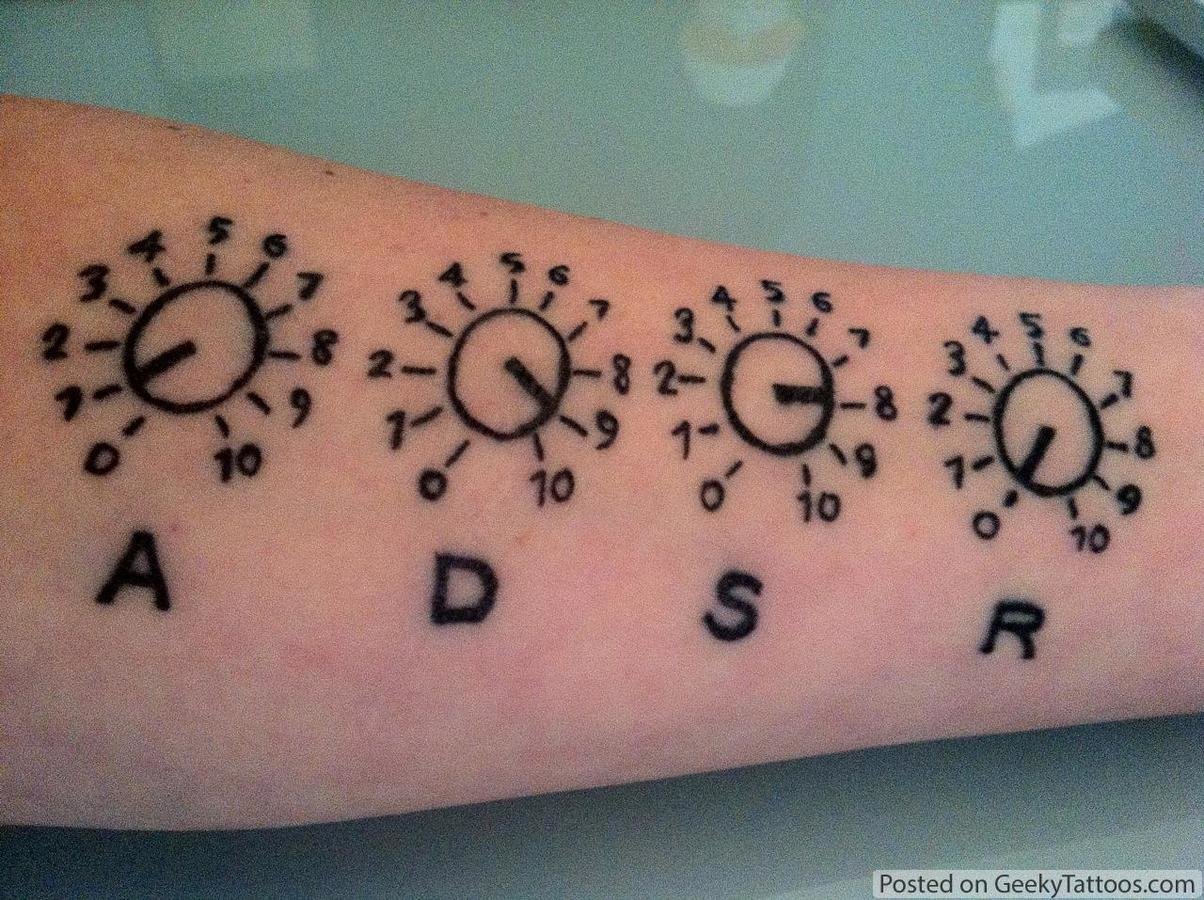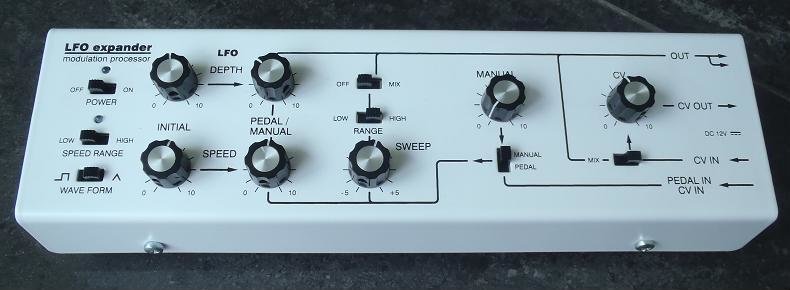Synthesizer
Modules
Oscillator
A circuit that generates a signal with a FREQUENCY in the audible range. This is the core of a synthesizer. Every oscillator can have a different WAVEFORM with each waveform having a distinct TIMBRE.

Wave Types
- Saw Wave
- Square Wave
- Pulse Wave
- Triangle Wave
- Sine Wave
- Noise
Filter
A circuit that eliminates certain HARMONICS from the sound generated by the sound source (the VCO, DCO etc), and allowing the rest to pass (refer to LOW PASS, BAND PASS, HIGH PASS). Using a filter/s to reduce harmonics provides TIMBRE or colour to the sound.

Amplifier VCA
Voltage Controlled Amplifier: The synthesizer circuit that controls volume.

Envelope
A WAVEFORM that changes over time. Envelopes require a TRIGGER or GATE (typically from pressing a key on the keyboard) which then controls the volume of an AMPLIFIER and/or the tone of an OSCILLATOR (via filter CUTOFF).

ADSR


LFO
An OSCILLATOR that moves so slow (low frequency) it is below the audible frequency range. At this frequency, an LFO of different rates and shape may be applied to add movement and expression to a sound. For example, you can MODULATE an oscillator’s PITCH to create VIBRATO, filter CUTOFF to create FILTER sweeps and VCA gain to create TREMOLO.

